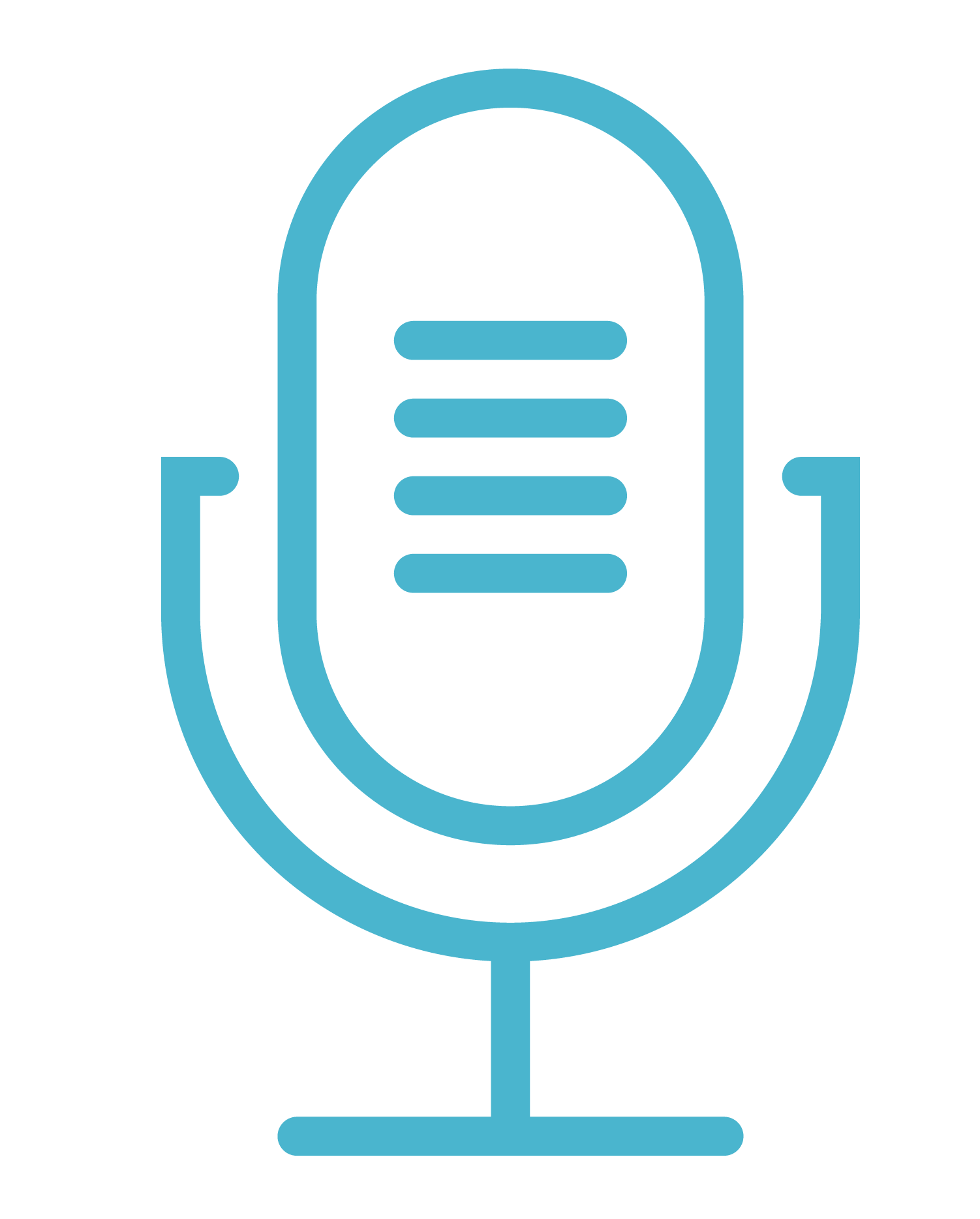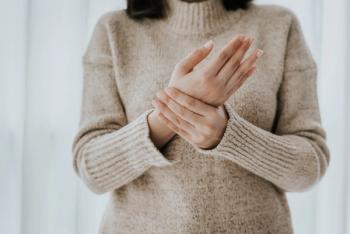
Medical Cannabis as an Adjunct Therapy to Cancer Treatment: One Patient’s Journey from Diagnosis to Remission

In this interview, learn about Nicole DiMonda’s incredible story and Jaime Brambila’s research efforts to document her case and help the lives of other cancer patients.
Cancer. It is one the worst diagnoses a person can receive from their doctor. The statistics of new cancer patients each year are staggering—there were an estimated 1.8 million new cases diagnosed in 2020 in the US alone (1). According to the National Cancer Institute, cancer is among the leading causes of death worldwide (1). Could medical cannabis be an additional tool for patients to fight cancer and increase chances of remission? There is much still to be studied and uncovered scientifically regarding medical cannabis and cancer, but meanwhile patients are taking matters into their own hands and seeing incredible outcomes. Nicole DiMonda along with her husband, Jaime Brambila, the owners and founders of Grace Health and Wellness, were faced with a stage IV breast cancer diagnosis and immediately sought a way to include medical cannabis in her treatment protocols. Here, they share Nicole’s incredible story and Jaime’s research efforts to document her case and help the lives of other cancer patients.
Nicole, can you share your story with us about your initial cancer diagnosis? How did you come to use medical cannabis as an alternative treatment option?
Nicole DiMonda: The diagnosis was just very interesting. I was devastated. The first thing I thought was, “what am I going to tell my mother?” I didn't realize that I had a lump in my breast at all. Actually, I had no symptoms surrounding any of this. What ended up happening is I had a small accident with our dog, and I fell backwards and hurt my back. When I woke up the next morning I couldn't move, so we went to the emergency room. They just kind of pumped me up with a bunch of pain meds and sent me home. Then a couple of days later, Jaime was helping me to dress and he actually noticed something on the breast because you could only really see it (disfigurement) from an angle on the side.
My initial diagnosis was in California, I was diagnosed with was Stage I/II cancer. Then Jaime and I decided to go to New York. This is where I’m from, so my family is there. That's how we ended up actually back on the East Coast. When I got to New York, the diagnosis was Stage IV, metastatic.
The cancer had eaten through my 4, 5, and 6 vertebrae on my spine. I needed spinal surgery for that. It was obviously completely overwhelming. The interesting thing is, my first thought, of course, was how are we going to now incorporate cannabis into my treatments?
The outlook wasn't very good. They had scheduled me for six rounds of chemo to start. Next I was going to have extended radiation, a possible mastectomy, and hysterectomy. It ended up that it was three rounds of chemo only and I was in remission within a five-month period.
How much time passed between your initial diagnosis and when you went to New York and found out it had progressed so quickly?
DiMonda: It was actually a very short period of time. It was within a two-and-a-half-week period. Unfortunately, what happened in California was that I was misdiagnosed. Hearing that next part when I was in New York was pretty devastating. Our immediate response was, okay, what do we do now?
As soon as you heard the diagnosis, was cannabis immediately something that came to mind?
DiMonda: Absolutely. One of the reasons is because we had started in the industry initially in Orange County with a small delivery service. What had happened, because we were carrying at the time CBD flower, which was not something readily available at the other dispensaries, people began to call us and they actually had serious ailments.
We began the research prior to my diagnosis with neuropathy, epilepsy, and autism. Jaime and I, especially Jaime, immersed ourselves in that medical portion. We gained a lot of traction with that. And that was great. That's why as soon as my diagnosis came, it was a no brainer for us. We were going to jump on that immediately.
Jaime Brambila: We really understood the potential that cannabis had with cancer. That beyond the palliative aspect of cannabis medicine, there was a potential for the cytotoxic effect as well. That's really what we were trying to figure out with Nicole.
What was your experience like when you first tried medical cannabis? Since you had moved to New York, were there any roadblocks to getting access to it?
DiMonda: That's a great question, and interestingly enough, there really wasn't, but a lot of that also had to do with our experience already. We had prior connections with people because of the patients that we had been working with. That made it a little bit easier.
But it's very interesting also, because the thought is that in California doctors would be way more open to cannabis. The doctor that was in California that had first diagnosed me was actually not open to it at all. Our doctor that I have now in NY was open to it and was just kind of like, okay, if you're taking CBD, that's fine. We have now discovered that pretty much across the board, without that education, most of the time, doctors will stick to their protocol, and not suggest any type of alternative treatments. They’re not really interested in whether or not you're taking cannabis. Most of them will say no or they tell you, well, if you want to try it, that's fine. But I don't know anything about it, so I can't help you. That causes an issue because then people end up going to dispensaries. In many instances, they don't necessarily know what's going on either.
How long did it take for you to find the right dose or the right product? Did you get guidance when you were in New York from anyone other than what you already knew?
DiMonda: No, Jaime put this all together based on the research.
Brambila: We've had excellent mentoring along the way, along our journey. One of those gurus that have mentored us is Dr. Dustin Sulak, he's based in Maine. Prior to Nicole's diagnosis, we had been working with him with trying to get patients the right dosing information and the right clinical information to treat with cannabis. He played an instrumental part in us trying to figure out the protocol for Nicole, which was a little bit of intuition and a little bit of understanding the science. At the end of the day, we were lucky with the result that we got with her.
DiMonda: Basically, from the time I was diagnosed until the time we found the right dose, there was a lot of trial and error. It took probably a couple of months. But what is very important also to understand is that we were waiting to see the results. Our results, my results based on the research and the formulas that we put together, were very good. That also is the trick, is finding those strains that are going to help, along with the consistency in a product, that will allow to figure out individual dosing quicker, if that makes sense.
Brambila: And particularly with Nicole, even though we were in the industry, she didn't really have good experience or prior experience with dosing cannabis. In fact, there's a lot of endocannabinoid profiles within the population and there's a particular segment of the population that's very susceptible to cannabis. Nicole falls into that category. So, it was really important for us to have the titrating protocols in order to understand how to increase the dose while minimizing the side effects from the cannabis. That played a big role as well in trying to find what would work for her.
Did you have any problems with product consistency?
Brambila: That's a very great question. And this ties into access and the cost-effective aspect for people to take this as a treatment. We were very lucky to be in the industry.
DiMonda: As far as the consistency was concerned, Jaime was making the products. So, they were always consistent. And that was just such a huge thing because to speak to the question that you asked, our experience and why we began making products even prior to my diagnosis, was that we were working with patients trying to vet the right products. There was one gentleman in particular, we were helping him with liver cancer. We were introduced to a popular brand back in California that we had success with. We tapped them to get the medicine for our cancer patient. Unfortunately, there was no consistency. At one point we had picked up products and they were actually half the dose that we had prescribed for him before.
Brambila: This was before adult-use legislation in California. A lot of that has changed now because of testing and all that stuff. But, going back to your question, it really worked in our favor to be in the industry because we knew what we were looking for. It's very difficult for patients to just go into the dispensaries and find a solid product, that's going to help consistently. Even nowadays, that's difficult.
For symptom management, there are a handful of companies out there that make really good products. If you want to step into trying to figure out how to get rid of cancer with cannabis, that's a different ballgame. Hard to access from a consumer standpoint within legal markets.
Do you think other cancer patients are aware of the benefits medical cannabis can offer them? Do you still see a stigma to overcome for people to consider using it?
DiMonda: It's both. There are people who are definitely open to it. And you can see that on a lot of social mediaplatforms. People are inquisitive. They want to get the information. What we're also finding is that the younger generation tend to tap a lot of the alternative methods and so that stigma is not really as pronounced.
For example, somebody who is older, they may be less likely. A lot of that is either fear because it's that whole “Reefer Madness” generation or it's also fear because they've had a bad experience with cannabis before and they don't want to step back into that. For myself, I was never really a cannabis user, and my advocacy happened because of what I was seeing with our patients. That was one of the biggest fears having to take cannabis now and go through the psychoactive effects, it was actually very scary.
Brambila: Not a lot of patients understand the benefits. There's a lot of awareness that needs to be raised because of that stigma. Our government did a wonderful job at placing that stigma. But there's not enough information to make people aware that cannabis is a real medicine.
The legalization movement started with trying to get people access to cannabis as a medicine. We've lost a lot of that with legalization now. There needs to be more information out there to take cannabis as a serious medicine.
Now that your cancer is in remission, do you still use medical cannabis?
DiMonda: Absolutely. I still take it. My protocols are still the same because of the type of cancer that I have, because it's metastatic. I have to keep up with treatments, even the regular treatment that I that I have to use, which is every three weeks I go for a particular cocktail. It's not a chemo cocktail. It’s targeted therapy.
Brambila: And they use that for preventative measures. We really wanted to figure out the dynamic between the standardized care and how cannabis would enhance that. We found that it works great together. One is not better than the other. We don't advocate for only cannabis use.
We take the integrative medicine perspective and every compound has a therapeutic relevancy as long as it's used correctly. With Nicole's diagnosis, in the allopathic medicine world, the standardized medicine world, metastatic cancer is a chronic disease. There's no cure for it.
The expectation from the oncologists is that she's going to be in treatment for the rest of her life. We've really, I guess, turned the page on that because of the outcome that she's had, and we want to prove its efficacy even further. That’s really what we want to advocate in terms of research—cannabis can actually be a solution, maybe a doorway into people not having to deal with a chronic disease like metastatic cancer in their lives.
Can you share some more information about the talk you plan to give at CannMed later this year titled “Raising Awareness: The Successful Implementation of Natural Plant-Based Medicines Used as Adjunct Therapies with Standard Treatments for Metastatic Breast Cancer?”
Brambila: So, because the conference was postponed, it actually worked in our favor, we were only going to speak about Nicole's case study, which we're going to circulate through a peer-review publication. Now we're going to broaden that presentation to include more of the cases that we've seen which have benefited from cannabis with cancer.
Hopefully, we can draw some conclusions about the use. And in particular, I'm going to explain the mechanisms of action that cannabinoids exert as cytotoxic compounds. We know the palliative effect very well. But the cytotoxic effect of cannabis and other therapies is poorly understood.
I'm going to talk about how cannabinoids can act as cytotoxic agents. How psilocybin has anti-inflammatory properties, immunomodulatory properties and possible pro apoptotic effects. In lab models, psilocybin has actually shown potential to exert biological effects that can counter cancer cells. I will also speak about the anti-cancer effects that the ketogenic diet has over certain cancers.
Where do you think the science is headed regarding medical cannabis and cancer research? Are there any on-going studies that have particularly piqued your interest?
Brambila: Yes, that's a very important question because we really have not moved past the science being done in a lab setting. We need to raise awareness about the fact that we can safely research the cytotoxic effect of cannabis in humans. Put it to the people's opinion and encourage people to ask for these studies to be done.
That's really where we would like to see cannabis research. Recent studies that have caught our attention or research groups that have caught our attention are particularly in Israel. Dr. Dedi Meiri's research with cannabis and cancer has been groundbreaking. We really wish that the details would be available to people so we can understand what's working and what's not working.
But I think that research projects like at Imperial College with Dr. Nutt are really important. Researchers that are understanding that this is not going to be handled in a lab setting anymore because we're never going to move past that if we don't activate the patient base that needs this medicine.
We see cannabis legalization or cannabis advocacy in countries where they don't have any access. Where cannabis is illegal to be used and people are looking at it for an alternative to save their lives. In the United States, it's the reverse. We have all this access, but people have kind of forgotten about why we were here in the first place.
That activation, that third component to understanding cannabis as a medicine is the patient base. People need to be aware that this needs to be researched in the correct settings and in the correct clinical methodology so that we can get conclusive evidence. We know all about all the wonderful things that cannabis can do for animals. But we have to rely on the anecdotal for people. And that's really where we should bridge the gap with the research.
Where do you hope the research and science surrounding medical cannabis use will be in the next 5-10 years?
Brambila: In the hands of the people who need it and in the hands of the patients. If we empower patients to come forward and share their experiences with cannabis, if the research community is open to learning from that and going above the traditional research protocols, we can learn a lot. We can learn a lot because cannabis is being safely used now and nobody is recording it. Hopefully, it will move in a direction where we see more social involvement with cannabis research because we really think that that's how we're going to get the fast answers to what we're trying to figure out.
DiMonda: And truly, we believe that this type of research should literally be on the forefront of everything right now because this is a huge game changer. Not only for cancer, but also from what's happening with other research such as, children with epilepsy.
I mean, it is an amazing thing to understand that you have this substance that can do everything for your system to make it better, to heal you. The frustration is, how is it possible if we know this, we've seen it, we hear the stories, but people aren't examining it the right way. The doctors are not looking at this the right way at all. Most of them still think it's witch doctor stuff.
Brambila: The last thing that I'm going to say about where cannabis research should head. I guess we didn't really touch on this, but cannabis really affects a large part of our physiology, called the endocannabinoid system. That's poorly understood. It is such an important part of our physiological functions. The focus within the medical research community is not there. That's one of the other areas where we need to raise awareness.
More of our conversation with Nicole DiMonda and Jaime Brambila will be featured in an upcoming digital edition of Cannabis Patient Care focused on cancer. Until then, please check out
Reference
Newsletter
Unlock the latest breakthroughs in cannabis science—subscribe now to get expert insights, research, and industry updates delivered to your inbox.





